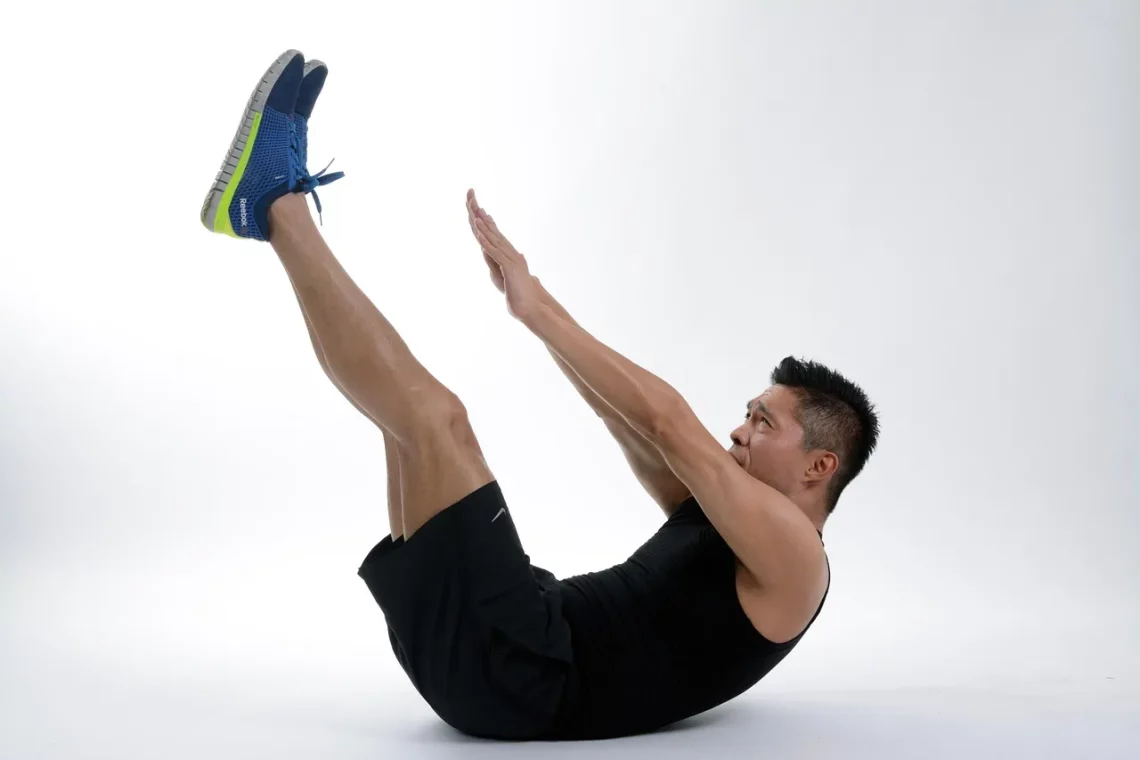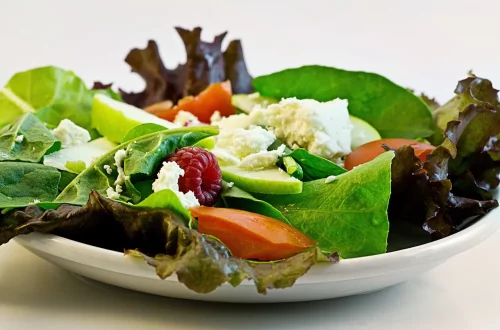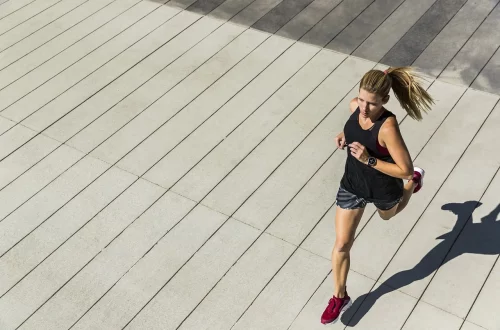
Beginner’s Guide to Pilates Exercises: Free PDF Download
Pilates has gained immense popularity over the years as a versatile exercise method that focuses on building core strength, flexibility, and overall body awareness. Originating from the work of Joseph Pilates in the early 20th century, this system of exercises has evolved to include various techniques and styles that can be adapted to suit individuals of all fitness levels. Its emphasis on controlled movements and proper alignment makes it an ideal choice for beginners seeking a low-impact yet effective workout.
The beauty of Pilates lies in its ability to enhance not just physical strength but also mental focus. As practitioners become more attuned to their bodies, they often find improvements in posture, balance, and coordination. Moreover, Pilates can be a great complement to other forms of exercise, helping to prevent injuries and promote rehabilitation. Whether you are looking to tone your muscles, improve your athletic performance, or simply enhance your overall well-being, Pilates offers a holistic approach to fitness.
In this guide, we will explore some foundational Pilates exercises that are perfect for beginners. You will also have the opportunity to download a free PDF that summarizes these exercises for convenient reference. Let’s dive into the world of Pilates and discover how these exercises can benefit you.
The Basics of Pilates: Understanding the Principles
Before diving into specific exercises, it is essential to grasp the core principles that underpin Pilates. These principles form the foundation of every movement, ensuring that practitioners perform exercises safely and effectively.
One of the primary principles of Pilates is concentration. Each movement requires focus and awareness, allowing individuals to connect their mind and body. By concentrating on the task at hand, practitioners can execute movements with precision, maximizing their effectiveness.
Control is another fundamental principle. Unlike high-impact workouts that may encourage momentum, Pilates emphasizes slow, controlled movements. This control not only prevents injury but also engages the core muscles more thoroughly, leading to better results.
Another key principle is centering, which refers to the focus on the body’s core muscles—the abdomen, lower back, hips, and buttocks. By strengthening these areas, practitioners enhance their stability and balance, which is crucial for performing daily activities and other forms of exercise.
Breath is also a significant component in Pilates. Proper breathing techniques not only help to oxygenate the body but also assist in maintaining control during exercises. Inhaling and exhaling at the right times can enhance movement and deepen the engagement of core muscles.
Finally, precision is vital in Pilates. Each movement should be performed with accuracy to ensure that the right muscles are engaged. This principle encourages practitioners to pay attention to their form, which is essential for preventing injuries and achieving desired outcomes.
By understanding these foundational principles, beginners can approach Pilates with a comprehensive mindset. This knowledge will enhance your practice and help you reap the maximum benefits from each session.
Essential Pilates Exercises for Beginners
Now that you are familiar with the principles of Pilates, it’s time to explore some essential exercises that are perfect for beginners. These exercises can be performed on a mat and require no special equipment, making them accessible for anyone looking to start their Pilates journey.
1. **The Hundred**: This classic Pilates exercise is excellent for warming up and engaging the core. Begin by lying on your back with your legs in a tabletop position. Lift your head, neck, and shoulders off the mat, and extend your arms alongside your body. Start pumping your arms up and down while inhaling for five counts and exhaling for five counts. Repeat this for a total of 100 counts. This exercise not only activates the core but also enhances blood circulation.
2. **Roll-Up**: The Roll-Up is a fantastic exercise for improving flexibility in the spine while strengthening the abdominal muscles. Start by lying flat on your back with your legs extended and arms reaching overhead. Slowly lift your arms and curl your torso up to a sitting position, reaching towards your toes. Then, roll back down one vertebra at a time. This exercise helps to develop control and coordination.
3. **Single Leg Stretch**: This exercise focuses on core stability and hip flexibility. Begin by lying on your back with your knees bent and feet flat on the mat. Lift your head, neck, and shoulders off the ground and bring one knee towards your chest while extending the other leg out. Switch legs in a controlled manner, ensuring that your core remains engaged throughout the movement. This exercise also promotes coordination and balance.
4. **Plank**: Although a common exercise in many workout routines, the plank is a fundamental movement in Pilates that emphasizes core strength. Start in a push-up position, ensuring your body forms a straight line from head to heels. Hold this position for 20-30 seconds, focusing on maintaining proper form and breathing. The plank not only strengthens the core but also engages the shoulders and legs.
5. **Bridging**: The Bridge exercise is excellent for strengthening the glutes and lower back while promoting spinal mobility. Lie on your back with your knees bent and feet flat on the floor. Press your feet into the mat as you lift your hips towards the ceiling, creating a straight line from your shoulders to your knees. Hold for a few seconds before lowering back down. This exercise helps to improve posture and relieve tension in the lower back.
Incorporating these exercises into your routine can provide a solid foundation for your Pilates practice. As you become more comfortable, you can explore more advanced exercises and variations, allowing for continuous progression in your fitness journey.
Creating a Home Pilates Routine
Establishing a home Pilates routine can be a rewarding way to integrate fitness into your daily life. With just a little time and space, you can create an effective workout that aligns with your goals and schedule.
To begin, designate a specific area in your home where you can practice. Ideally, this space should be free from distractions and equipped with a mat for added comfort. Ensure that you have enough room to move freely, allowing for a variety of exercises.
Next, consider how much time you can realistically dedicate to your Pilates practice. Even short sessions can be beneficial, so aim for consistency rather than duration. Start with 20-30 minutes a few times a week, gradually increasing the frequency as you become more accustomed to your routine.
When planning your workouts, include a mix of the essential exercises mentioned earlier. It can be helpful to create a structured plan that outlines which exercises to perform on specific days. This will keep your workouts varied and engaging, preventing boredom from setting in.
Additionally, using online resources and videos can be incredibly beneficial for beginners. Many fitness platforms offer guided sessions that can help you learn proper techniques and stay motivated. You can also download our free PDF with a summary of the exercises discussed, serving as a handy reference during your practice.
Lastly, listen to your body. Pilates is about quality over quantity, so focus on performing each movement mindfully. If you feel any discomfort or strain, take a break or modify the exercise as needed. This approach will help you build strength and flexibility safely.
By creating a home Pilates routine, you can enjoy the benefits of this transformative practice while fitting it into your lifestyle. Remember that progress takes time, so be patient with yourself as you develop your skills and knowledge.
**Disclaimer**: This article is for informational purposes only and does not constitute medical advice. Always consult a healthcare professional before starting any new exercise program, especially if you have any health concerns or conditions.




